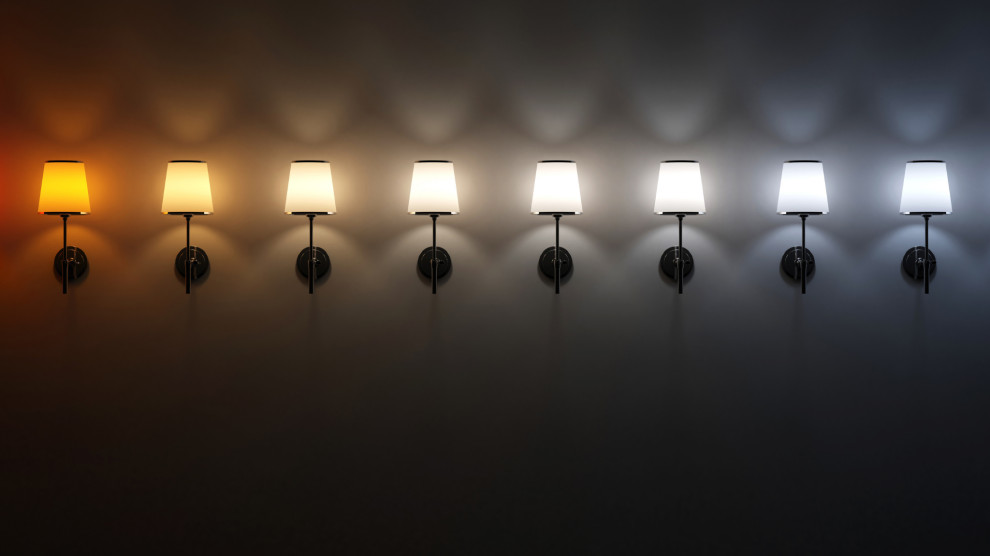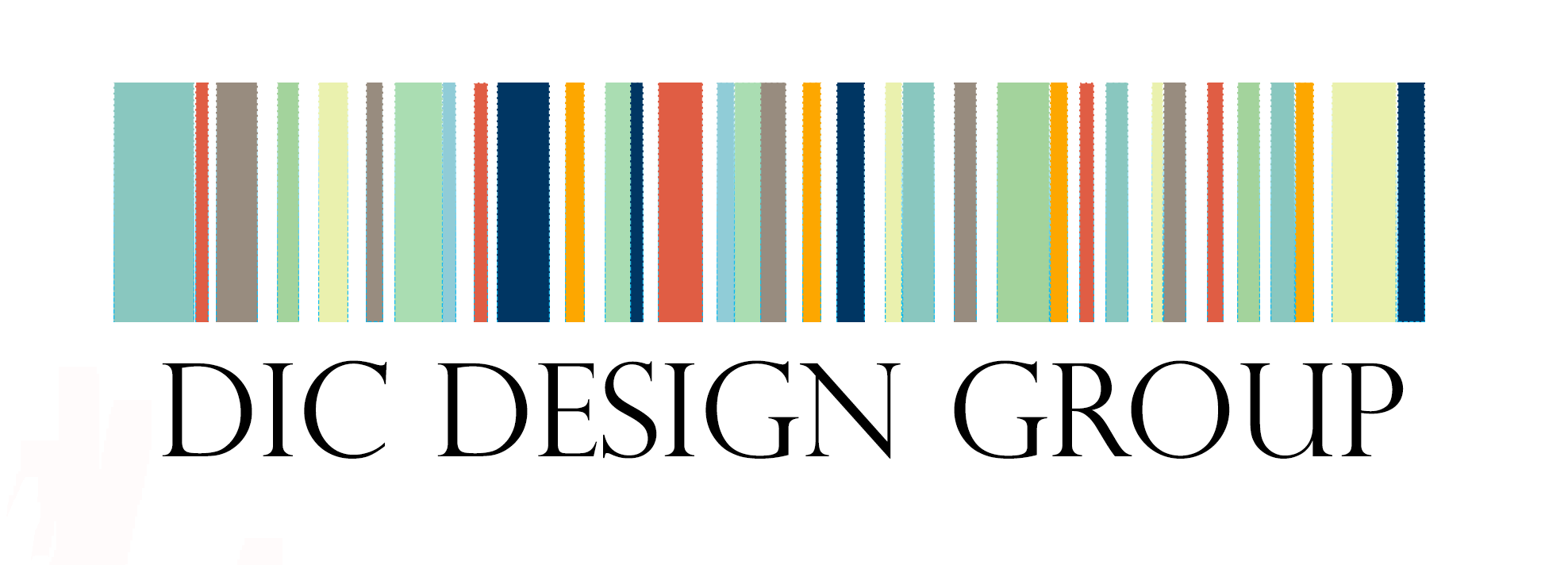Lighting 101: Choose the correct bulb temperature
April 14, 2025

🔧 Key Factors When Selecting a Light Bulb for Your Fixture:
1. Fixture Type & Socket Size
- Check the socket base: Common ones include:
- E26 (standard screw-in) – most lamps and ceiling fixtures
- E12 (candelabra) – chandeliers and decorative fixtures
- GU10 or MR16 – track or recessed lighting
- Look at the fixture label or old bulb for exact specs.
2. Wattage Limits
- Never exceed the maximum wattage listed on the fixture—it’s a fire hazard.
- With LED bulbs, you can use a lower wattage that gives off more light, e.g., a 10W LED = 60W incandescent equivalent.
3. Bulb Shape
- A19 – standard bulb for most fixtures
- BR30 / PAR38 – for recessed or can lighting
- G25 / G40 – globe bulbs for vanities
- Candle / Torpedo – for chandeliers
4. Light Color (Kelvin Temperature)
- 2700K–3000K: Warm white – cozy, great for bedrooms/living rooms
- 3500K–4100K: Neutral white – good for kitchens and workspaces
- 5000K–6500K: Daylight – bright, energizing, good for task lighting
5. Brightness (Lumens)
- 450 lumens = about 40W incandescent
- 800 lumens = 60W
- 1100 lumens = 75W
Choose based on how bright you want the space to feel.
6. Dimmable?
- If your fixture is on a dimmer, make sure the bulb is dimmable and compatible with your dimmer switch.
